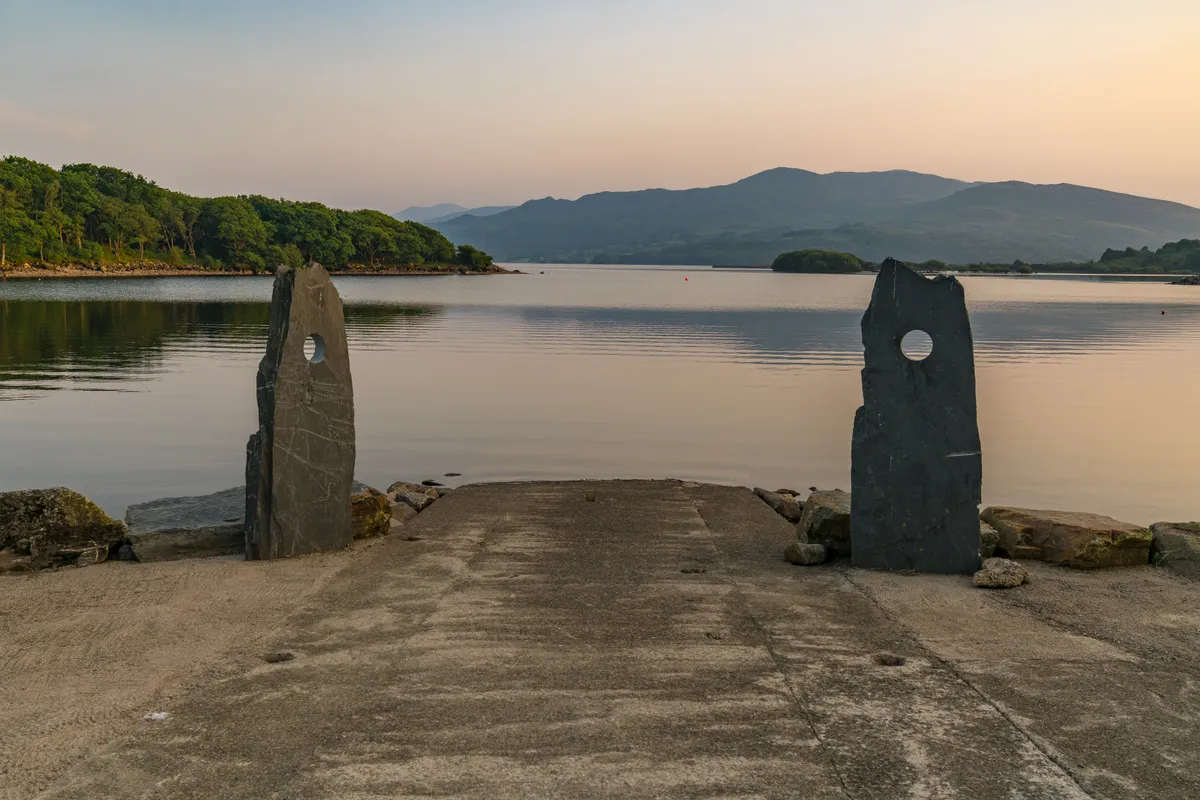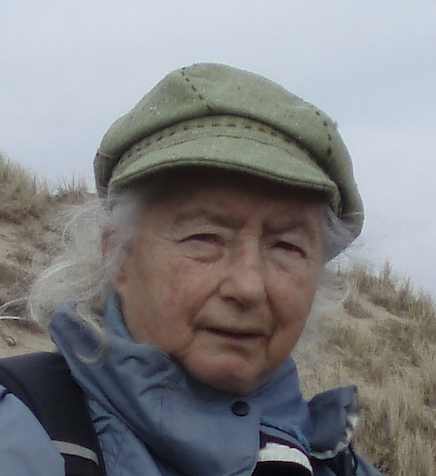On a remote hillside east of Llyn Trawsfynydd, you can survey the meeting point of four Roman roads and its military complex. The views are also spectacular.
To the east is bleak moorland, while to the west and north, a vast landscape of jagged mountains rises above green valleys tinted gold in autumn.

History of Tomen y Mur
The fort was constructed in AD78, during Agricola’s campaign to control north Wales from the legionary fort at Deva (Chester). From there, military roads spread across the countryside, linking strategic auxiliary forts. Tomen y Mur was the meeting point of Sarn Helen – the road linking Caerhun near Conwy to Moridunum (Carmarthen) – with the road connecting Segontium (Caernarfon) with Caer Gai near Bala.
The original fort had earthen banks and enclosed 1.7 hectares. In about AD120 it was reduced in size and rebuilt with stone; the progress of this rebuilding was recorded on ‘centurial’ stones found during excavation. By AD140, the fort was abandoned. A Norman motte and bailey was built across its western rampart and is the most conspicuous feature from afar.
Surrounded by several ancillary structures, the fort is an absorbing archaeological site to explore. The most distinctive Roman earthwork you will see on arrival is a small, oval amphitheatre surrounded by earth banks that would have been used for weapon training.
Tomen y Mur walk
A one-mile circular tour of the site, complete with directional arrows and information panels, starts at a car park beside a lane off the A487. From the amphitheatre, the path heads towards the fort’s north-east gate, ramparts and site of the headquarters building.
Going right here, you will pass a ruined farmhouse and a tall section of reconstructed wall (try to find the replica of a centurial stone). On the far side of the motte are great views of Llyn Trawsfynydd and the Rhinog range. The tour now takes you past the sites of a mansio (guesthouse), bathhouse and former Roman bridge before crossing the 120m² levelled parade ground.
As you return, look out also for burial mounds above the quarry track and leats serving the fort.



